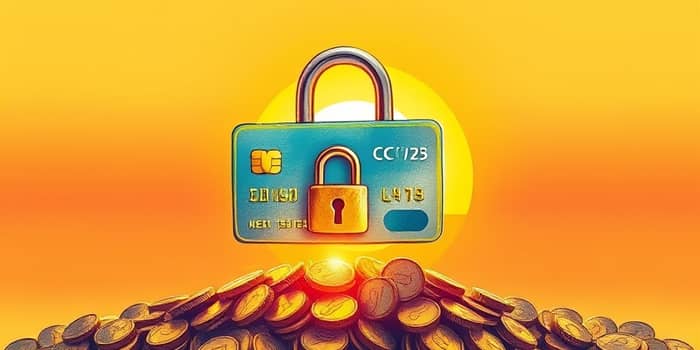
Secured credit cards offer a clear path for those seeking to build or rebuild credit. By understanding their mechanics and applying smart tactics, anyone can transform a modest deposit into a powerful credit-building tool.
A secured credit card is a special type of card that requires a cash deposit, which becomes your credit limit. Unlike traditional cards, this cash deposit as collateral minimizes risk for issuers and opens doors for users with limited credit history.
Purpose-built for individuals with poor or no credit, secured cards are often the first step on a structured credit journey. Issuers report every payment to Equifax, Experian, and TransUnion, ensuring that responsible use gets noticed.
When you apply, you provide a security deposit—typically matching the credit limit. For example, a $300 deposit yields a $300 limit. As you make purchases, your deposit remains untouched, serving only as collateral.
Transactions function just like an unsecured card: swipe, tap, or shop online anywhere major cards are accepted. Your balance grows with each expense, but smart spending keeps you safe from overspending.
Interest rates and fees can be higher than on unsecured cards—sometimes reaching 20% APR or more—so it’s critical to understand terms before you commit.
While higher fees may deter some, the advantages outweigh the costs for many:
These benefits combine to create a powerful platform for credit success, especially when paired with disciplined habits.
To convert a small credit limit into a strong score, follow these strategies:
Once you’ve demonstrated responsible use for six to twelve months, many issuers will automatically review your account for an upgrade—or return your deposit and issue an unsecured card.
Credit scores hinge on five core factors: payment history (35%), credit utilization (30%), length of credit history (15%), credit mix (10%), and new credit inquiries (10%). Secured cards help you tackle the two biggest drivers immediately:
Payment history rises with every consistent on-time payment you make. Even small balances, when settled fully each month, boost your record.
Credit utilization stays low when you maintain a balance under 30% of your limit. Over time, this manage debt effectively approach signals to credit models that you’re a responsible borrower.
Within six to twelve months, many cardholders see a jump of 20 to 50 points, enough to qualify for basic unsecured cards and lower interest rates. The key is patience and persistence.
Secured cards aren’t just for credit newcomers. They serve diverse groups:
Each of these groups shares a need for a reliable, accessible tool to demonstrate financial responsibility, and a secured card delivers exactly that.
Secured credit cards offer a structured, low-risk way to build or rebuild credit. By making small, strategic payments, keeping your utilization in check, and monitoring your progress, you can transform a simple deposit into a strong credit profile.
Within a year, many users find themselves eligible for better credit products, unlocking lower interest rates, higher limits, and more financial freedom. Start your journey today with a secured card and watch your credit score rise.
References













